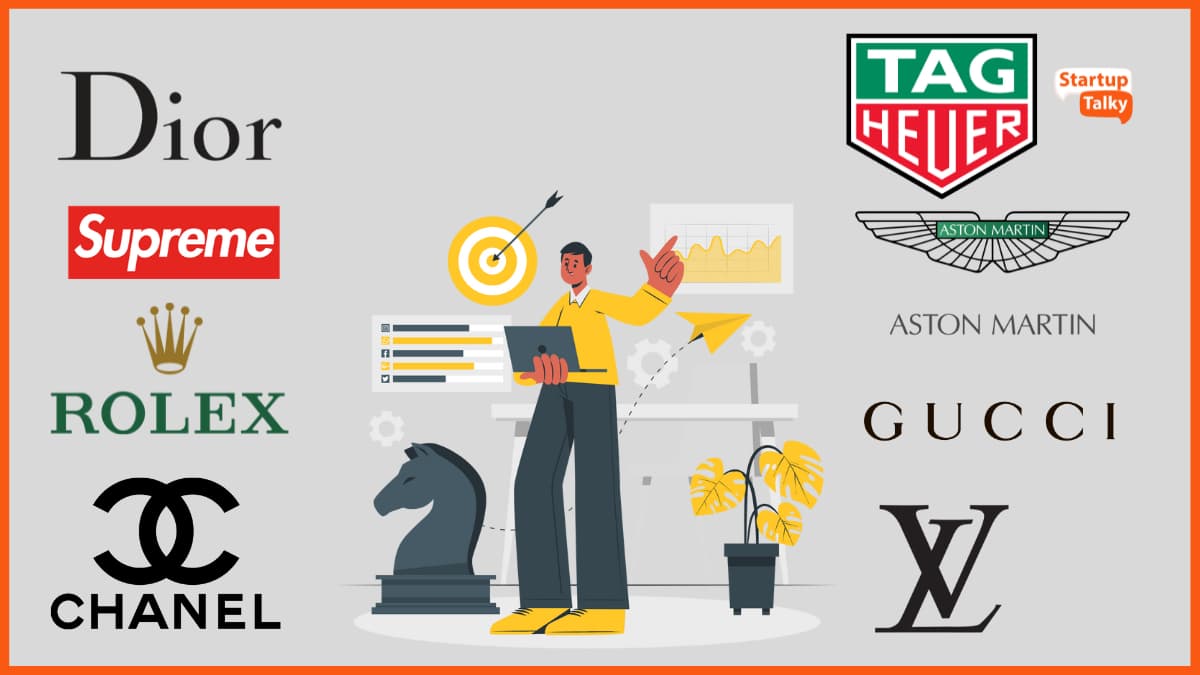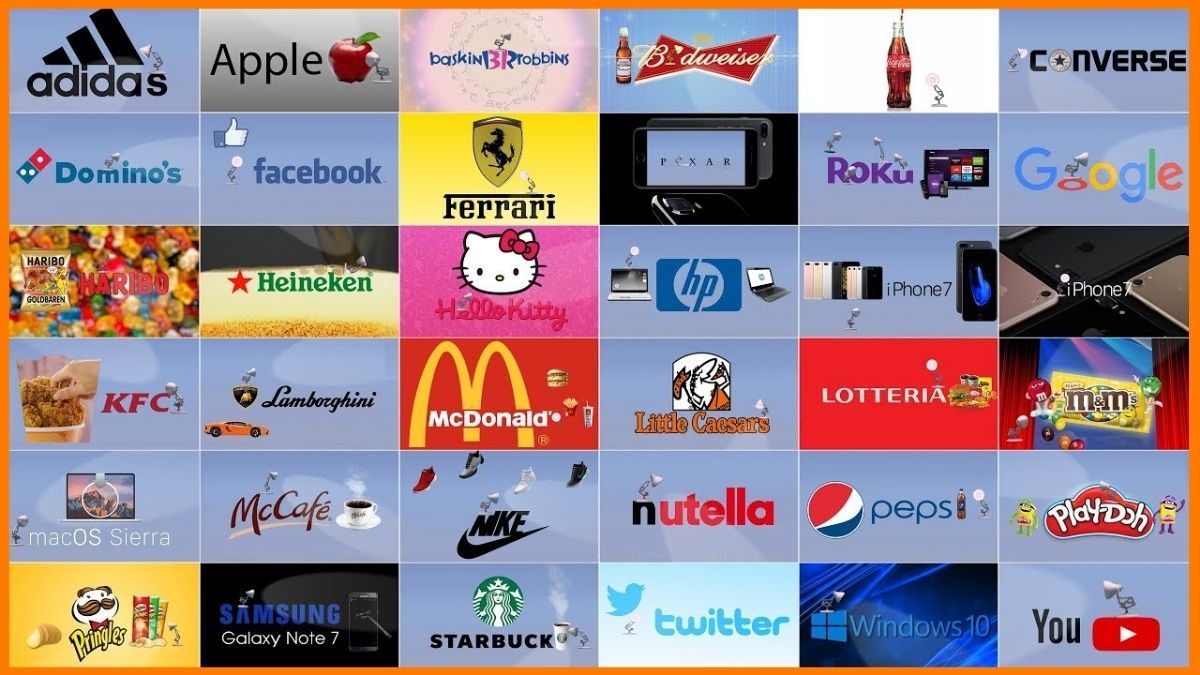The luxury world is shifting and it’s all about “quiet luxury” now—think understated elegance and functionality over flashy logos. Brands like Stone Island are already riding this wave, focusing on minimalism and anti-fashion trends. While big names like Dior and Chanel have adapted to this new vibe, Gucci’s been slow to adjust. Their focus on hype and trends worked for a while, but now it’s starting to hurt them. As more consumers go for subtle, high-end pieces, Gucci’s gamble on staying trendy could be putting its long-term success at risk.
Gucci Faces Challenges in Brand Positioning Amid Leadership Changes
Gucci’s struggles with brand positioning have become painfully clear to everyone involved. In 2023, Kering brought in new leadership with CEO Jean-François Palus and designer Sabato De Sarno, hoping to shake things up. But despite these changes, Gucci’s fortunes haven’t improved much and the brand is on track for another tough year; with revenue expected to drop by nearly 20% in the second half of 2024. It’s evident that Gucci needs a major overhaul and rethinking its brand positioning should be top of their list.
Gucci Faces a New Challenge: Embracing Functionality in Luxury Fashion
Moncler CEO Remo Ruffini has recently talked about what he calls the rise of “new luxury”—a mix of luxury fashion with culture, music and especially sports. Stone Island is already embracing this “anti-fashion” approach, focusing on functionality over style. This shift is part of a broader trend towards minimalist, “quieter luxury,” which has been gaining traction, particularly in athleisure.
The market seems to be craving something different from the flashy, affordable options offered by brands like Nike and Lululemon. As consumers increasingly lean towards subtle, high-end athleisure, there’s a growing gap for prestigious sportswear. The demand for luxury in this space is real and expanding. This is an opportunity Gucci could capitalize on if it can pivot away from its current trend-focused approach.
Gucci’s Trend-Driven Strategy Faces Pressure Amid Luxury Market Slowdown
In 2023, the luxury market hit a bump, growing by just 4%—a sharp drop from the 20% boost it enjoyed the previous year. While heavyweights like Dior, Chanel and Hermes have managed to stay on top, Gucci’s strategy of chasing trends and collaborations has put it in a tricky spot. This slowdown isn’t just a blip; it’s partly due to the hurdles luxury brands are facing with their big bet on China.
With more and more brands flooding the Western luxury scene, the competition has become fierce and those deep-pocketed buyers are now fewer and farther between. Gucci has built its reputation on trendy, buzz-worthy items and flashy partnerships, targeting these aspirational shoppers. However, with inflation squeezing wallets and these buyers pulling back, Gucci’s reliance on hype-driven sales is starting to backfire. Unlike the classic allure of Dior, Chanel or Hermes, Gucci’s trend-chasing approach might be costing it long-term brand loyalty and success. As the luxury landscape shifts, Gucci’s gamble on staying ahead of the fashion curve could be leaving it out of touch with the true essence of luxury.
Traditional luxury shoppers, who stick with high-end brands through thick and thin, haven’t been swayed by rising costs or economic uncertainties. But the same can’t be said for the aspirational buyers—those who dabble in luxury as a treat but cut back when times get tough. Kering Group’s top three brands—Gucci, Yves Saint Laurent and Bottega Veneta—Gucci has hit the hardest, with a 6% revenue drop during the first quarter of 2024. This is quite a blow for what’s considered Kering’s flagship fashion house, as Gucci traditionally brings in over 50% of the company’s annual revenue. Given its status as a giant in the luxury world, Gucci’s struggle raises serious questions about Kering’s future growth. To make matters worse, Kering’s stock price has nearly halved over 2023 and the first quarter of 2024 (April), dropping from a high of €603 to €383.

Why Gucci’s Strategy Shift is Hurting the Brand
The brand’s trouble boils down to its shifting approach. In the past, Gucci thrived by keeping production limited and maintaining its aura of exclusivity. It catered to high-income individuals who valued Gucci’s rich heritage. But nowadays, Gucci seems to have pivoted towards a more premium, aspirational market. The brand has shifted its focus to younger shoppers and started mass-producing its goods. Millennials, aged 25-35, now represent the bulk of Gucci’s customer base.
Adapting to the Post-Pandemic Landscape
Gucci’s pre-pandemic strategies have become outdated, forcing the brand to rethink its approach in the new normal. To stay afloat during tough times, Gucci had to adapt its operations, including ramping up its eCommerce efforts—a shift the pandemic underscored as essential for survival in the fashion industry. This period acted as a wake-up call, showing Gucci the critical importance of online platforms.
For Gucci, building and maintaining a luxury brand goes beyond high price tags. It’s about creating exclusivity and attracting the right people—those who set trends and create a “taste hierarchy.” Traditional marketing methods just don’t cut it in the luxury space. According to a benchmarking study by Kapferer and Bastien (2012), luxury brands succeed slowly, often through trial and error and they use marketing techniques that are totally different from the fast-moving consumer goods (FMCG) playbook.
Now, with digital technology coming into play, the luxury shopping experience is about to get a major upgrade. Virtual reality (VR), augmented reality (AR) and artificial intelligence (AI) are reshaping how people shop for luxury items, offering more immersive and personalized experiences. A McKinsey & Company survey from 2023 revealed that 60% of luxury shoppers are open to brands that provide these kinds of digital experiences.
While Gucci has made progress in integrating technology, competitors like Burberry and Balenciaga are ahead of the curve, using AR to offer virtual try-ons and AI to tailor product recommendations, setting a new standard in the digital luxury shopping landscape.
Digital Marketing Challenges
Like other top brands, Yves Saint Laurent, has gone all out with their marketing strategy. They dive into digital promos, video campaigns, social media and even run contests. A great example is how they use YouTube to connect with their audience, promote the brand and reinforce their iconic image. It’s all about using these platforms to keep YSL fresh and relevant in the fashion scene.
However, one downside for Gucci is that while many lower-priced premium brands pump money into digital marketing to expand their reach, Gucci risks falling behind if they don’t do the same. Another challenge is the rise of counterfeit Gucci goods flooding lower-income markets, along with growing competition from emerging luxury brands and cheaper alternatives. With economic pressures causing a dip in consumer spending, some might start opting for more affordable luxury options over Gucci.

The Shift to Online Shopping
Despite a shift towards digital, the fashion industry, including Gucci, has been somewhat slow in transitioning from its traditional brick-and-mortar model. For years, luxury brands like Gucci, Louis Vuitton and Prada relied heavily on their physical stores to serve their affluent clientele. But once they saw that their customers were finding inspiration and making purchases online, they knew it was time to adapt.
While Gucci has made some strides, brands like Chanel have excelled in seamlessly translating their classic elegance into the digital realm by mastering the art of creating unique, high-quality content for a social media-savvy audience, further solidifying their online presence as a leading luxury brand.
Furthermore, on the eCommerce front, Chanel’s partnership with Farfetch, a top online luxury retail platform, has strengthened their connection with shoppers and enhanced the overall user experience for both customers and store staff. By embracing more digital tools, Chanel is not only optimizing customer engagement but also streamlining its operations. Gucci, while progressing, has room to further enhance its digital strategy to compete at the forefront of luxury in the online marketplace.
Test of Endurance
Recent marketing strategies and social media campaigns have been aimed at engaging these aspirational buyers, who are more active online. However, this shift has come at a cost. Gucci’s designs have become more about fleeting trends than enduring style, diluting the brand’s once timeless prestige. In contrast, competitors like Chanel and Dior have stuck to their classic, enduring designs, which has helped them weather the storm better.
As far as creating groundbreaking marketing strategies, Giorgio Armani is famous! He was actually the one who popularized the “zero figure” model trend, hiring only super slim models to showcase his clothes. Armani also made history by being the first to stream a fashion show live on the internet, turning it into a global event. His brand’s reach extends far beyond fashion. Armani has partnered with premium car brands to design ultra-luxury interiors and is a go-to designer for celebrities like Lady Gaga. He’s even created outfits for entire sports teams. These high-profile collaborations have kept the Armani brand synonymous with glitz and glamor.
Maintaining a Premium Image
Interestingly, Gucci isn’t big on traditional advertising. They don’t need to be, thanks to their unique image and exclusive product lines. Instead, they focus on personalizing the customer experience. The brand has been all about understanding what their customers want and delivering just that from its very inception.
With top-tier materials and craftsmanship, Gucci’s prices are high, but people are willing to pay for that level of quality. To maintain their luxury status, Gucci avoids discounts or sales altogether, reinforcing their premium image.
While Gucci emphasizes personalization, Louis Vuitton excels at staying ahead of trends, employing both demographic and psychographic strategies to deeply understand its customers. They’ve nailed a unique targeting approach that keeps up with the changing needs of their clients.
To draw in new buyers, they focus on value-based marketing. Their motto, “The Art of Travel,” taps into the idea that travel is more than just a journey—it’s an experience. Their iconic explorer trunks, like the Monogram Cloud and Monogram Mirror versions, showcase this blend of tradition and innovation, reflecting the brand’s adventurous spirit and craftsmanship.
While Louis Vuitton attracts new buyers with innovative campaigns, Gucci continues to solidify its reputation by consistently delivering an elevated, personalized experience for its loyal, high-end clientele.

Conclusion
Gucci’s focus on trendy fashion might be hurting its long-term success and this could be a sign of bigger challenges ahead for Kering. With revenue expected to further drop by nearly 20% in the 4th quarter of 2024, it’s clear that Gucci needs a major rebrand. If the brand can pivot towards more timeless, high-end pieces, there’s still a chance for recovery in this evolving luxury landscape.
FAQs
Who is the CEO of Gucci?
Jean-François Palus is the CEO of Gucci since 3rd October 2023.
What is the revenue of Gucci in 2024?
In the first half of 2024, Gucci generated €4.1 billion in revenue, reflecting a 20% decline in reported figures and an 18% drop on a comparable basis. Sales from its directly operated retail network saw a 20% decrease on a comparable basis, while wholesale revenue fell by 9%.
How many brands does Kering Group holds?
Kering Group holds Gucci, Saint Laurent, Bottega Veneta, Balenciaga, Alexander McQueen, Brioni, Boucheron, Pomellato, DoDo, Qeelin, Ginori 1735 as well as Kering Eyewear and Kering Beauté. Out of which Gucci is the biggest contributor in its revenue.
























